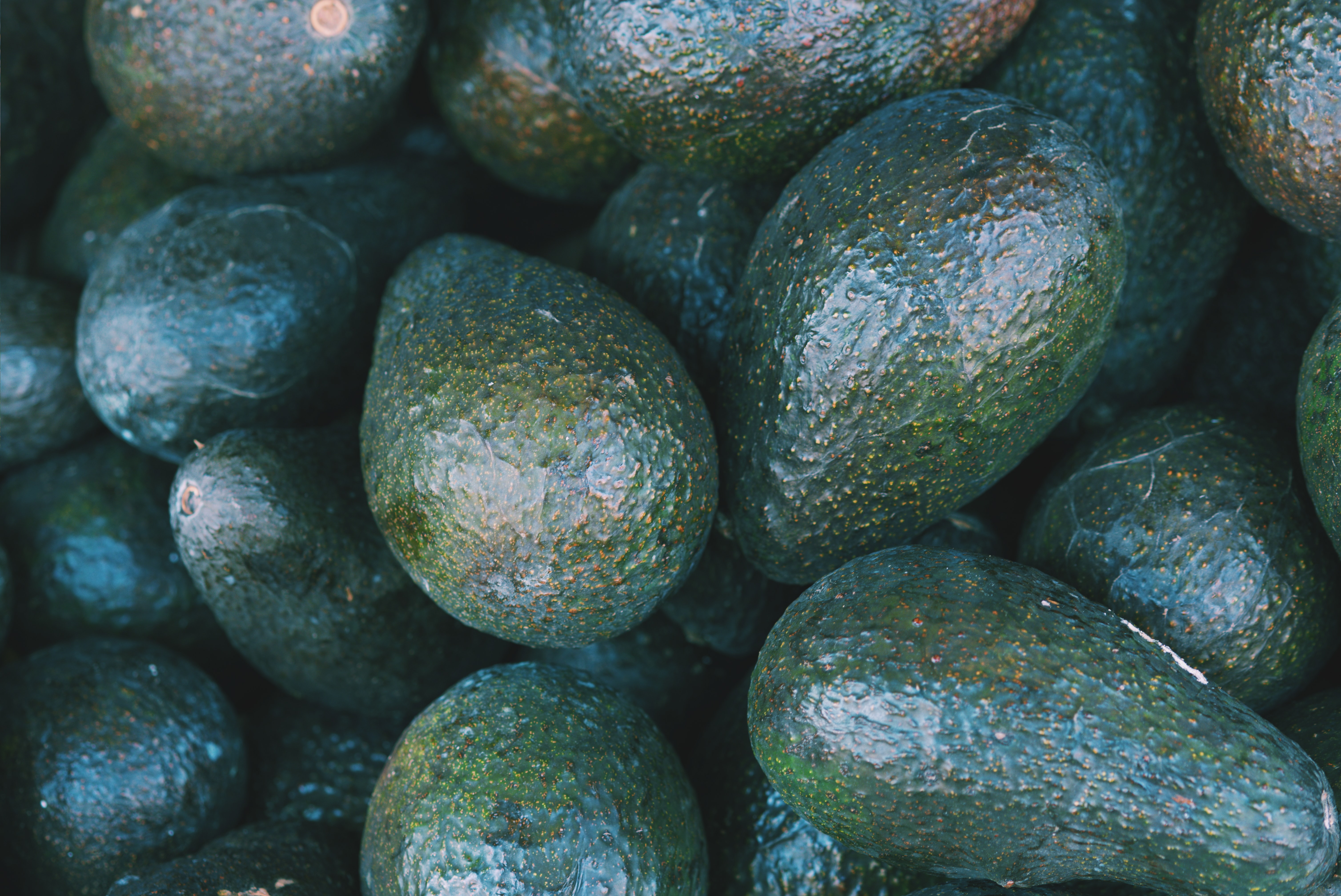Avocado market trends
Avocado is a fruit that has experienced a fast increasing demand in the last few years, due in part to the international popularity of guacamole and its global recognition as a “super food” based on health benefits. The fast growth in demand and prices are setting up avocado as one of the top crops to be traded.
According to Transparency Market Research (TMR), the global avocado market was valued at US$13.64 bn in 2018 and is predicted to attain an overall value of US$21.56 bn by 2026. The market is projected to show a healthy CAGR of 5.9% every year during the forecast period of 2018-2026. During previous years, the performance of the avocado market grew 104% from 2000 to 2016, with a total production of 5.5 million tons in 2016, and a 69% increase in harvested areas.
Consumption
The avocado consumption will keep increasing steadily due the rise of Latin American population in the USA and Europe In the US the consumption has rise from 220,000 tons in 1985 to 1,323,000 tons in 2019, which is nearly to an average of 5 kilos per person. Just the Super Bowl Sunday has become one of the most avocado-heavy consumption days of the year in the U.S., with 74 million ton of avocados being consumed during the game in 2019, according to the Hass Avocado Board.
It is expected that European consumption will go from 650,000 tons in 2018 to more than 1,100,000 in 2020. Was estimated that during 2019, Europe’s imports surpassed 750,000 tons.
Also, the avocado demand will keep growing in both regions, considering the food industry and also the cosmetics and pharmaceutical sectors where avocado has other uses that can create new business avenues.
Production & export
Production areas were concentrated in Central and South America, but as consumption is growing everywhere, it has caused a larger number of countries to invest heavily in avocado production. Currently, more than 80% of the world’s avocado production is in the hands of 11 countries. Mexico leads this list with 33.9% of the world production. It is followed by the Dominican Republic, Peru, Indonesia, Colombia, Brazil, Kenya, United States, Venezuela, Israel and China. The top avocado exporters are Mexico, the Netherlands and Peru.
Mexico is losing some markets due to the increased participation of Peru and Chile, especially outside the US. Colombia is the rising star in the avocado market, as the quality is very close to Mexican and they have year-round production. In Kenya, avocado is increasingly replacing coffee and tea plantations, becoming the leading fruit export and making the country the largest African producer. However, it only exports 10% of its total avocado production.
Top avocado producers have a large concentration of small farmers, each with less than five hectares of harvested avocado, that are increasingly integrating to export supply chains. In many countries, such as Kenya, it is predicted that there will be large investments in cold-chain and infrastructure for supporting avocado export supply chains and the integration of smallholder farmers.
Imports
During 2019, the United States was the top importer, representing 41% of global imports. Second is the Netherlands, the port of entry to Europe, representing 9% of total global imports. France and Germany follow it with 6.8% and 5.3% respectively. The Netherlands has shown reduced global market participation as more European countries are importing directly from producer countries. Japan and China, with 3.6% and 2.2% respectively, are not major importers but are high-potential markets.
According to Fresh Plaza, the avocado market is changing fast. The main reason is the shortages from Mexico to the US, which is also attracting other traders with good prices. Almost all Mexican avocados go to the US, whereas production from Peru, Colombia and Kenya goes principally to European markets. During 2018-2019 there was not enough avocado production to meet the demand.
Main Trade Regulations
The food safety requirements for avocados are the same as for other fresh fruit and vegetables in the US and Europe. Avocados need to comply with phytosanitary requirements to prevent the introduction and spread of organisms harmful to plants and plant products in both regions. As well, it must comply with the maximum residue levels (MRLs) for pesticides in and on food products.
Avocado trading may be affected by a particular country`s level impositions. For instance, Mexico avocado imports into the US have benefited from the NAFTA trade agreement, but may be affected by additional tariffs imposed by the US as sanctions on high migratory flows.
With the trade agreement with China, Kenya is expecting to send at least a 40% of the avocado production to the Chinese market. However, China has imposed the entry rule of “freezing the fruit to negative 30 degree Celsius after peeling off the skin and chill further to negative 18 degrees while in transit to the destination”. This means farmers and traders will need to invest heavily in cold chain capacity to meet the requirements, excluding small-scale growers with no investment capacity. To date there is not evidence that Kenya is trading avocados to China to the levels and conditions agreed.
Final remarks
Avocados have become a standard product for international retailers. The demand for avocados is strong and keeps rising, but with more suppliers from new countries, oversupply will be unavoidable. Having a robust avocado market will allow higher capacity to focus on quality, fruit ripening with higher standards, and upstreaming the supply chain.



